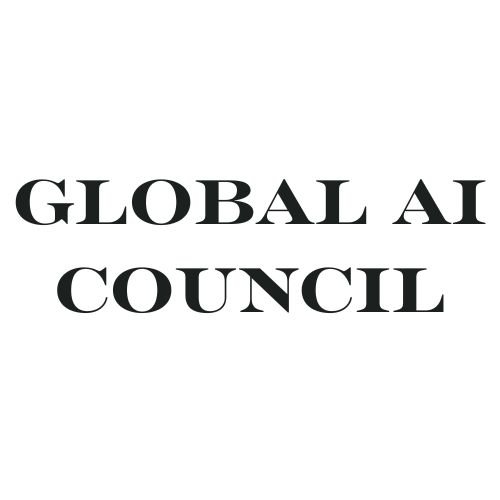The Role of AI in Climate Change and Environmental Sustainability
Artificial Intelligence (AI) is emerging as a powerful tool in the fight against climate change and the quest for environmental sustainability. By leveraging AI's capabilities in data analysis, pattern recognition, and predictive modeling, scientists, policymakers, and organizations can develop innovative solutions to some of the world's most pressing environmental challenges. Here’s how AI is playing a pivotal role in addressing climate change and promoting sustainability.
1. Monitoring and Predicting Climate Patterns
AI is revolutionizing the way we monitor and predict climate patterns, providing valuable insights that can inform decision-making and policy development.
Climate Modeling: AI-powered climate models can analyze vast amounts of data from various sources, such as satellite imagery, weather stations, and ocean buoys. These models help scientists understand complex climate systems and predict future climate scenarios with greater accuracy.
Extreme Weather Prediction: AI algorithms can improve the prediction of extreme weather events like hurricanes, floods, and heatwaves. By analyzing historical weather data and current atmospheric conditions, AI can provide early warnings, allowing communities to prepare and mitigate the impacts of these events.
2. Optimizing Energy Use and Renewable Energy
AI is playing a crucial role in optimizing energy use and promoting the adoption of renewable energy sources, both of which are essential for reducing greenhouse gas emissions.
Smart Grids: AI-powered smart grids use real-time data to balance energy supply and demand, reduce energy waste, and integrate renewable energy sources more effectively. By predicting energy consumption patterns, AI can optimize the distribution of electricity and reduce the reliance on fossil fuels.
Renewable Energy Management: AI helps manage renewable energy sources like solar and wind by predicting energy production based on weather conditions and optimizing the operation of energy storage systems. This ensures a stable and reliable energy supply, even when weather conditions fluctuate.
3. Improving Agriculture and Food Security
AI technologies are enhancing agricultural practices, promoting sustainable farming, and improving food security.
Precision Agriculture: AI-powered tools such as drones, sensors, and satellite imagery provide farmers with detailed information about soil health, crop conditions, and pest infestations. This enables precision agriculture, where resources like water, fertilizers, and pesticides are used more efficiently, reducing environmental impact and increasing crop yields.
Sustainable Farming Practices: AI can analyze data from various sources to recommend sustainable farming practices. For example, AI can suggest crop rotation patterns that improve soil health, reduce the need for chemical inputs, and increase resilience to climate change.
4. Conservation and Biodiversity
AI is aiding conservation efforts and helping to preserve biodiversity by providing advanced tools for monitoring and protecting ecosystems.
Wildlife Monitoring: AI-powered cameras and sensors can automatically detect and identify wildlife species, monitor their movements, and track population trends. This helps conservationists gather data more efficiently and develop strategies to protect endangered species.
Ecosystem Health: AI can analyze environmental data to assess the health of ecosystems and identify areas at risk of degradation. For instance, AI can monitor deforestation, coral reef health, and water quality, enabling timely interventions to protect these vital ecosystems.
5. Waste Management and Circular Economy
AI is contributing to more efficient waste management practices and promoting the circular economy, where resources are reused and recycled to minimize waste.
Smart Waste Sorting: AI-powered sorting systems use computer vision and machine learning to identify and separate different types of waste more accurately. This improves recycling rates and reduces the amount of waste sent to landfills.
Predictive Maintenance: AI can predict when waste management equipment is likely to fail and schedule maintenance before breakdowns occur. This ensures efficient operation and reduces downtime, leading to more effective waste processing.
6. Reducing Carbon Footprint
AI is helping organizations and individuals reduce their carbon footprint by optimizing processes and providing actionable insights.
Carbon Emission Tracking: AI can analyze data from various sources to track carbon emissions in real-time. This enables companies to monitor their environmental impact and implement strategies to reduce their carbon footprint.
Sustainable Transportation: AI-powered transportation systems can optimize routes, reduce fuel consumption, and promote the use of electric vehicles. Ride-sharing algorithms, for example, can match passengers with similar destinations, reducing the number of vehicles on the road and lowering emissions.
Conclusion
AI is a powerful ally in the fight against climate change and the pursuit of environmental sustainability. From improving climate predictions and optimizing energy use to enhancing agriculture, conservation, and waste management, AI offers innovative solutions that can help address some of the most pressing environmental challenges. By harnessing the potential of AI, we can make significant strides toward a more sustainable and resilient future. As technology continues to evolve, the role of AI in promoting environmental sustainability will only become more critical, offering new opportunities to protect our planet and ensure a healthy environment for future generations.
